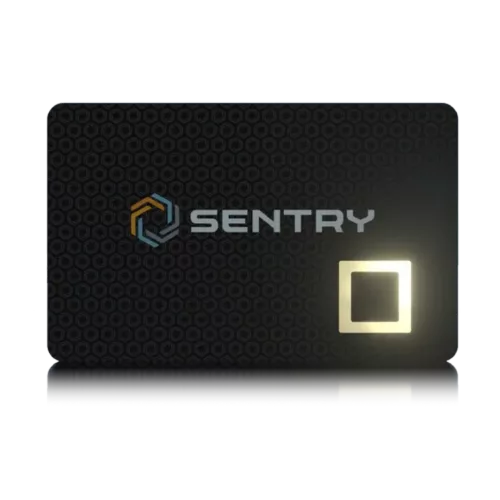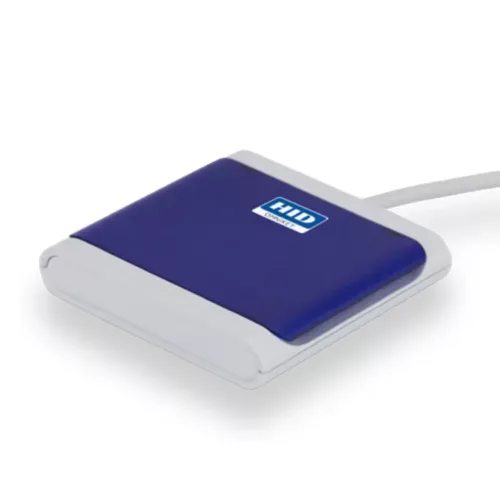Redwood Shores, Calif. – March 3, 2015 – Demonstrating its continued investment in the world’s #1 programming language, Oracle today announced the release of the Java Development Kit (JDK) 8, Update 40 (JDK 8u40). From small devices to smart cities, Java powers solutions like no other technology. As such, Oracle is committed to working closely with key partners in the Java ecosystem to continually modernize and deliver new innovations to the Java Platform. This latest release of Oracle’s implementation of Java SE, JDK 8u40, brings improvements to performance, scalability and administration, making it easier for Java developers, partners and IT decision makers to innovate faster in a simple, easy manner and improve application services. The release also includes new updates to JavaFX.
The proliferation of mobile devices and the Internet of Things has led to an increasingly connected world, but none of this would be possible without underlying foundational technology like Java,“The proliferation of mobile devices and the Internet of Things has led to an increasingly connected world, but none of this would be possible without underlying foundational technology like Java,” said Georges Saab, vice president of development, Java Platform at Oracle. “With these updates to JDK 8, we continue to usher in the next era of Java to enable developers and enterprises alike to cement Java’s role as the backbone of today’s and tomorrow’s revolutionary business solutions.”
Rapid Adoption, Continued Java SE Innovation
Since its launch last year, Java SE 8 has achieved record adoption rates. Overall, adoption is up significantly compared to the same post-launch time period for Java SE 7. Continuing to deliver significant enhancements to the platform, the latest release introduces the following features and benefits:
Continued Innovations in Java FX
New JavaFX features and enhancements include:
Current versions of Java SE are available for general computing use for no charge on the Oracle website. To access, end users can visit here and developers can visit here.
Java Facts and Figures
About Oracle
Oracle Corporation (Oracle) provides products and services that address all aspects of corporate information technology (IT) environments, including application, platform and infrastructure. The Company’s businesses include cloud and on-premise software, hardware and services. Its cloud and on-premise software business consists of three segments, including cloud software and on-premise software, which includes Software as a Service (SaaS) and Platform as a Service (PaaS) offerings, cloud infrastructure as a service (IaaS) and software license updates and product support. Its hardware business consists of two segments, including hardware products and hardware support. Oracle manages the Java Card and GlobalPlatform specification. The Company’s services business includes the remainder of the Company’s segments. Its services business includes activities, such as consulting services, enhanced support services and education services, among others.
Related Products
Related Articles
Infineon and Fingerprints step into cooperation on the all-in-one solution SECORA™ Pay Bio that will bring biometric payment cards to a new level
Munich, Germany and Gothenburg, Sweden – 24 November, 2022 – Infineon Technologies AG (FSE: IFX / OTCQX: IFNNY) and Fingerprint Cards AB (STO: FING B) today announced the signing of a joint development and commercialization agreement of a plug-and-play turnkey
Aspects’ new software functionality saves time and money for wireless test engineers
Aspects is announcing 3G and GSM Tools 5.1, the latest release of their leading suite of wireless testing tools at the 3GSM World Congress in Barcelona. These complement their market leading test tool suite and will work in conjunction with
Samsung Leads Industry In Smart Card Chip Technology
April 13, 2002 -- Samsung’s 8KB EEPROM device has already received chip technology approval from Visa International. The company’s 2KB and 4KB devices are currently undergoing Visa International EMV Certification. Rigorous testing, due to be completed in May, will evaluate basic
GlobalPlatform SE for IoT workshop: IoT end-to-end security, privacy, simplicity and convenience
03-19-2021 -- GlobalPlatform, alongside Prime Sponsor, Oracle, and Supporting Sponsors, STMicroelectronics and Able Device, is hosting a free technical workshop on April 13-14 with extended virtual exhibition hours on April 15. Experts will educate delegates and offer use cases and demonstrations to explain how stakeholders
Infineon and Tribe join hands to strengthen Singapore’s Blockchain Ecosystem
SINGAPORE, Nov. 4, 2020 -- Infineon partners with Tribe, the first Singapore Government supported blockchain ecosystem builder, which brings together government agencies, corporates and blockchain companies to foster innovation and collaboration. Infineon will provide its longstanding industry expertise in hardware
NXP, Mastercard, and Xiaomi Expand Global Reach for Mobile Payments into Europe
July 18, 2020 -- NXP Semiconductors (NASDAQ:NXPI), Mastercard, and Xiaomi Inc. today announced they are bringing more convenient and secure contactless experiences to Russia as the first phase of a European-wide roll-out with NXP's mobile wallet solution. Powering mobile payments for


